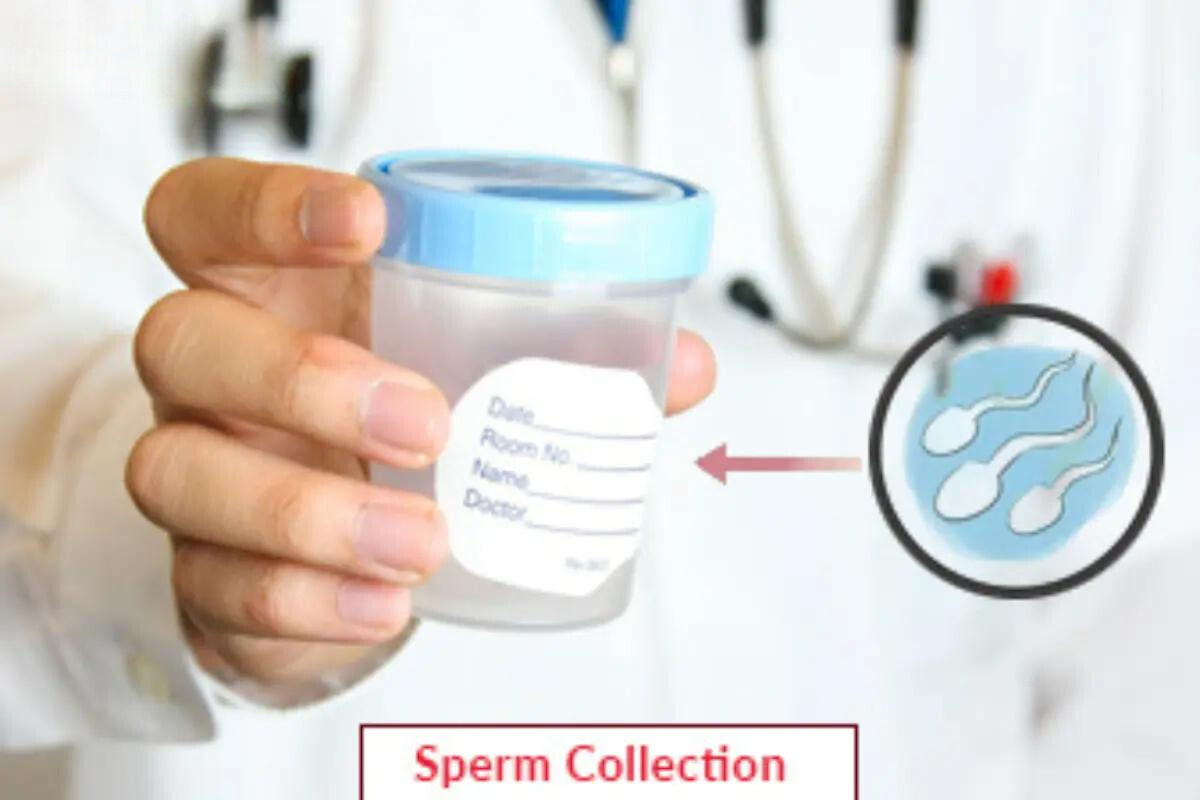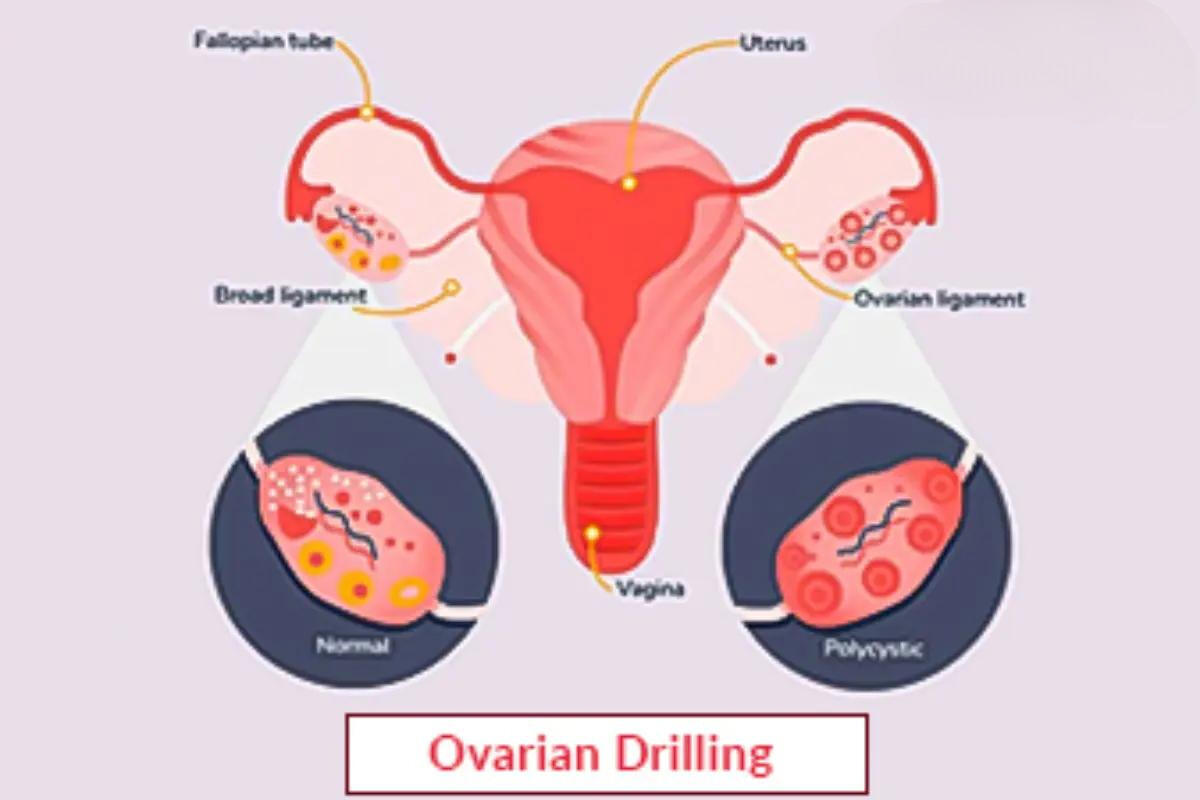Retrograde ejaculation is a dire condition when semen is not discharged from the urethra. Rather, it goes back into the bladder during the sexual climax. The urethra is a thin tube by which both the urine and sperm are discharged from the body. Also known as dry orgasm, it is a major concern in male infertility. Unless fertility is an issue, this condition is not a big botheration. If fertility is the cause, the underlying cause will have to be looked into.
Causes that Lead to Retrograde Ejaculation
When circular muscle, also known as bladder sphincter, does not stretch properly, and lets semen pass into the bladder rather than out of bladder, this condition occurs. Some of the causes are listed below:
- Surgery: Prostate or bladder surgery can injure the nerves that regulate the bladder neck.
- Nerve Injury: Pelvic nerve or bladder muscle injury can induce this condition.
- Medicines: Certain drugs, when taken for high blood pressure, depression, or an enlarged prostate, might induce this ill-health.
- Different Medical Conditions:
- Diabetes
- Multiple sclerosis
- Parkinson’s disease
- Spinal cord injury
Signs & Symptoms of Retrograde Ejaculation
You may notice the following:
- You create little to no sperm when you orgasm.
- You have murky urine after an orgasm.
- You’re experiencing fertility troubles.
Diagnosis Retrograde Ejaculation
Your provider will ask you various questions about your health. And a physical exam will be carried out. To diagnose this condition, your healthcare provider may request the following:
- Semen Samples: If you generate a very small volume of sperm in at least two samples, you may have retrograde ejaculation.
- A Sample of Urine taken immediately after you Orgasm: Fructose is found in semen samples. If you experience retrograde ejaculation, laboratory tests will detect fructose in your urine. The lab will also determine the number of sperm in your pee.
Procedure of Retrograde Ejaculation Cure & Treatment
- Fundamental Causes: The underlying causes need to be identified and addressed. It may include diabetes, certain neurological disorders, or some types of drugs that adversely affect bladder function.
- Adjustment to Medications: If the intake of medicines is causing harm to this condition, then stopping or adjusting them under medical supervision may be needed.
- Application of learning techniques: The patients undergoing this condition need to be taught the principles that include the use of tension to the bottom of penis. This will make sure the semen will not fall into the bladder during orgasm.
- Fertility issues: Use assisted reproductive treatments, such as in vitro fertilization (IVF), to preserve sperm from sperm samples.
- Counseling and Support: Offering victims and their partners support and guidance in coping with the psychological and emotional consequences of dumping, as well as its impact on fertility and sexual intimacy.
- Follow-Up: To discuss advancements, make adjustments, and handle any additional issues or challenging circumstances, stick to your regular routine with your fitness care provider.
Drugs for treating this condition are chiefly used to treat other disorders, such as:
- Imipramine is an antidepressant,
- Midodrine constricts blood arteries.
- Chlorpheniramine and brompheniramine are antihistamines that aid in allergies.
- Ephedrine, pseudoephedrine, and phenylephrine are medications that can alleviate symptoms of the common cold.
When to Consult Your Doctor?
You should get in touch with your healthcare provider when:
- You contemplate starting a family, and things are not going as planned.
- You do not feel ease during the orgasm.
- Your treatment is not working as it should.
Latest Health Tips
IVF Treatment Cost in Tanzania
Affordable IVF Treatment in Nigeria: Cost, Factors, and Reputed Hospitals
Cost of IVF Treatment in Ethiopia: An Overview
IVF Treatment Cost in Ghana
IVF Treatment in Saudi Arabia: Cost, Risk and Benefits
Cost of IVF Treatment in Kuwait: Best Fertility Procedure for Patients
IVF Treatment Cost in Qatar
IVF Treatment Cost in Oman
Submit Your Enquiry
Testimonials























